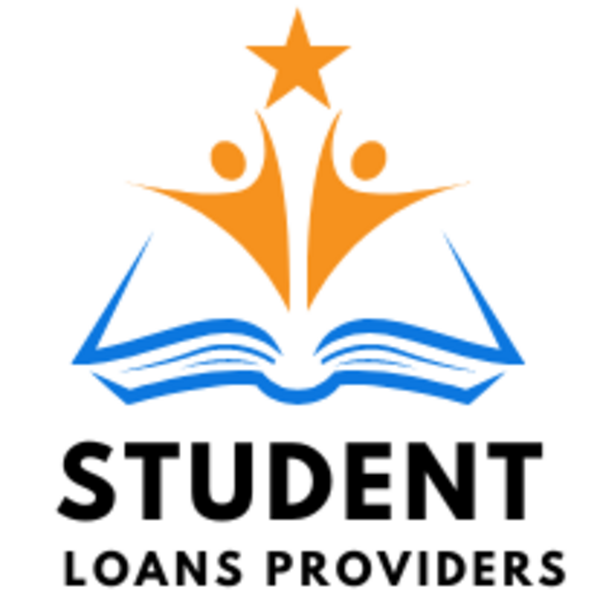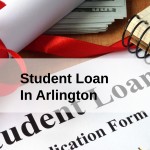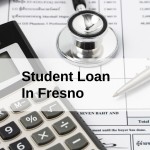In the landscape of higher education, student loans have become an essential tool for many students to finance their education. However, navigating the complexities of student loans can be daunting, especially for those just starting their academic journey. One important aspect of student loans that borrowers should be aware of is the grace period. This article aims to provide a comprehensive understanding of what a grace period for student loans entails, along with essential information about student loan forgiveness, debt relief, and other related topics.
What is a Grace Period for Student Loans?
A grace period for student loans is a predetermined period of time during which borrowers are not required to make payments on their loans. This period typically begins after a borrower graduates, leaves school, or drops below half-time enrollment. The primary purpose of the grace period is to provide borrowers with a transitional period to adjust to post-education life before they begin repaying their loans.
Understanding Student Loan Forgiveness and Debt Relief
For many borrowers, the burden of student loan debt can be overwhelming. Fortunately, there are programs available that offer student loan forgiveness and debt relief options. These programs are designed to alleviate the financial strain of student loan debt for eligible borrowers. Federal student loans often offer various forgiveness programs for individuals who work in public service or certain professions, such as teaching or nursing. Additionally, there are income-driven repayment plans that may lead to forgiveness of remaining loan balances after a specified period of repayment.
Choosing the Best Student Loan
When it comes to selecting the best student loan, borrowers have several factors to consider. Interest rates, repayment terms, and borrower benefits are among the key factors that differentiate student loan options. Federal education loans often offer fixed interest rates and flexible repayment options, making them a popular choice among borrowers. However, private lenders also offer competitive student loan products, and it's essential for borrowers to compare offers to find the best fit for their financial situation.
How to Get a Student Loan
The process of obtaining a student loan may seem daunting, but it can be broken down into manageable steps. Here's a guide on how to get a student loan:
Research Loan Options: Begin by researching different types of student loans, including federal and private options. Consider factors such as interest rates, repayment terms, and borrower benefits.
Complete the FAFSA: For federal student loans, the first step is to complete the Free Application for Federal Student Aid (FAFSA). This form determines your eligibility for federal financial aid, including grants, scholarships, and loans.
Review Financial Aid Offers: Once you receive financial aid offers from colleges or universities, review them carefully to understand the types and amounts of aid available to you, including any loans offered.
Apply for Loans: If you decide to accept a student loan, follow the lender's instructions to complete the application process. For federal loans, this may involve signing a Master Promissory Note (MPN) and completing entrance counseling.
Disbursement of Funds: After your loan application is approved, the funds will be disbursed directly to your school to cover tuition, fees, and other educational expenses.
Repayment and Forgiveness Options
After graduating or leaving school, borrowers will eventually enter the repayment phase of their student loans. It's crucial to understand the education loan repayment options available and to develop a plan for managing loan payments. For federal loans, options such as income-driven repayment plans and loan consolidation can help make payments more manageable.
For borrowers facing financial hardship or struggling to repay their loans, student loan forgiveness and debt relief programs can provide much-needed relief. These programs, offered by the government and some employers, forgive or discharge a portion or all of a borrower's student loan debt under certain conditions.
Navigating the world of student loans can be complex, but understanding key concepts such as the grace period, loan forgiveness, and repayment options is essential for borrowers. By researching loan options, applying for aid, and developing a repayment strategy, borrowers can effectively manage their student loan debt and achieve their educational goals without being overwhelmed by financial burdens. Whether through federal programs or private lenders, there are resources available to help borrowers finance their education responsibly and affordably.
Exploring Loan Forgiveness and Repayment Options
For borrowers struggling with student loan debt, exploring student loan forgiveness and repayment options is crucial. Understanding the eligibility criteria and application process for these programs can potentially lead to significant debt relief. Here's an overview of some common forgiveness and repayment options:
Public Service Loan Forgiveness (PSLF): This program forgives the remaining balance on eligible federal Direct Loans after the borrower has made 120 qualifying monthly payments while working full-time for a qualifying employer, such as a government organization or non-profit.
Teacher Loan Forgiveness: Teachers who work in low-income schools or educational service agencies may qualify for forgiveness of up to $17,500 on certain federal loans after five consecutive years of teaching.
Income-Driven Repayment Plans: These plans cap monthly payments based on the borrower's income and family size, offering flexibility for those with lower incomes. Any remaining balance after 20 or 25 years of qualifying payments (depending on the plan) may be forgiven.
Loan Discharge Programs: Borrowers may qualify for loan discharge due to disability, closure of the school, or other circumstances. Additionally, the Closed School Discharge program forgives federal loan balances for borrowers whose school closes while they are enrolled or shortly after withdrawal.
Employer-Sponsored Repayment Assistance: Some employers offer student loan repayment assistance as an employee benefit. These programs may provide financial contributions toward employees' student loan payments, helping them pay down debt faster.
Understanding Interest Rates and Borrower Benefits
When comparing student loan lenders, it's essential to consider factors beyond just interest rates. Borrower benefits, such as interest rate discounts for autopay, flexible repayment options, and deferment or forbearance options in case of financial hardship, can significantly impact the overall cost and manageability of a loan. Federal student loans typically offer borrower protections, such as income-driven repayment plans and forgiveness options, that may not be available with private loans.
Applying for Student Loans
Applying for student loans begins with completing the Free Application for Federal Student Aid (FAFSA). The FAFSA is used to determine eligibility for federal grants, scholarships, work-study, and loans. It's essential to submit the FAFSA early to maximize eligibility for financial aid. After receiving financial aid offers from colleges or universities, borrowers can compare loan options and choose the best fit for their needs.
For private student loans, borrowers typically apply directly through the lender. Private lenders may have different eligibility requirements and interest rates than federal loans, so it's crucial to compare offers carefully. Factors such as credit history, income, and co-signer status may influence approval and loan terms for private student loans.
Navigating Student Finance and Repayment
Throughout the student loan process, borrowers can benefit from resources and support services provided by student finance offices and loan servicers. These entities can offer guidance on loan options, repayment plans, and strategies for managing debt. Borrowers should regularly monitor their loan accounts, stay informed about repayment options and deadlines, and communicate with their loan servicers to address any questions or concerns.
Commonly Asked Questions and answerIs an What is a grace period for student loans?
1. What is a grace period for student loans? A grace period for student loans is a period after graduation, leaving school, or dropping below half-time enrollment when the borrower is not required to make payments on their student loans.
2. How long is the typical grace period for student loans? The typical grace period for student loans is six months, but this can vary depending on the type of loan and the lender's terms.
3. Do all student loans have a grace period? No, not all student loans have a grace period. Some private loans or institutional loans may not offer a grace period, so it's important to check with the lender.
4. Can I make payments during the grace period? Yes, you can make payments during the grace period if you choose to do so. It's a good idea to start paying early if you're able to avoid accruing more interest.
5. Will interest accrue during the grace period? For most federal student loans, interest will accrue during the grace period, unless it's a subsidized loan. For private loans, it depends on the terms of the loan.
6. Can I apply for a grace period extension? Grace period extensions are not typically granted, but some lenders may offer options for borrowers facing financial hardship.
7. What happens if I don't use my entire grace period? If you don't use your entire grace period and go back to school at least half-time before the grace period ends, you may be eligible for another grace period once you graduate or drop below half-time enrollment again.
8. Can I consolidate my loans during the grace period? Yes, you can consolidate your loans during the grace period, but doing so may cause you to lose the remaining grace period.
9. Do Parent PLUS loans have a grace period? Parent PLUS loans do not have a grace period, but parents can request to defer payments while the student is enrolled at least half-time and for an additional six months after the student graduates or drops below half-time enrollment.
10. Can I use my grace period if I go back to school? If you go back to school at least half-time before your grace period ends, you can typically use your grace period again once you graduate or drop below half-time enrollment.
11. Do I need to apply for a grace period? No, you do not need to apply for a grace period. It is automatically provided for most federal student loans.
12. Can I defer payments after my grace period ends? You may be able to defer payments after your grace period ends if you qualify for deferment or forbearance based on financial hardship or other eligible circumstances.
13. Can I use my grace period if I transfer to another school? If you transfer to another school and enroll at least half-time, you can typically use your remaining grace period once you graduate or drop below half-time enrollment again.
14. Will my credit be affected if I use my entire grace period? Using your entire grace period as intended should not negatively impact your credit, as long as you resume payments on time once the grace period ends.
15. Can I pay off my loans in full during the grace period? Yes, you can pay off your loans in full during the grace period without incurring any penalties.














